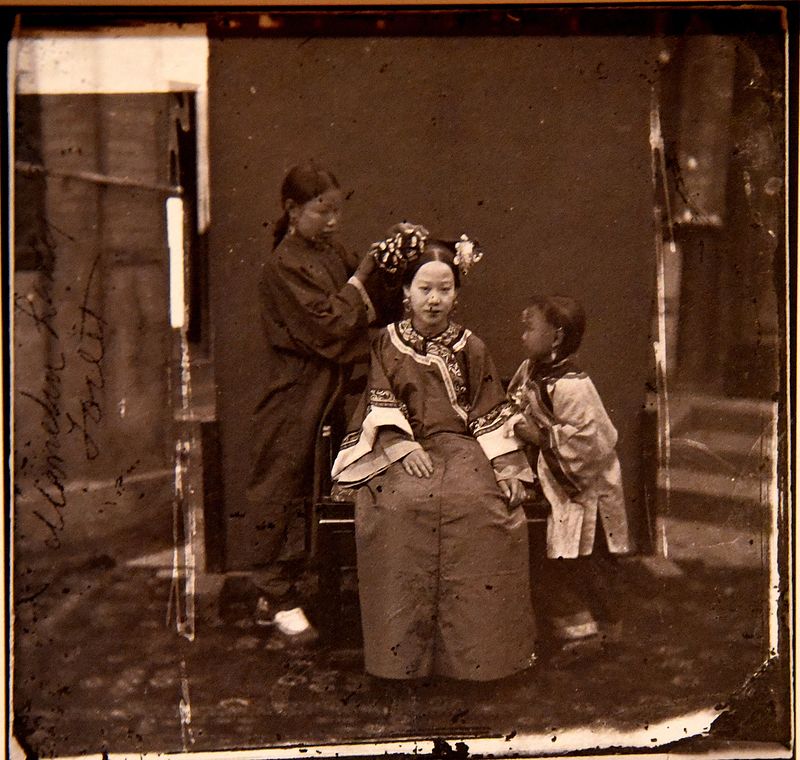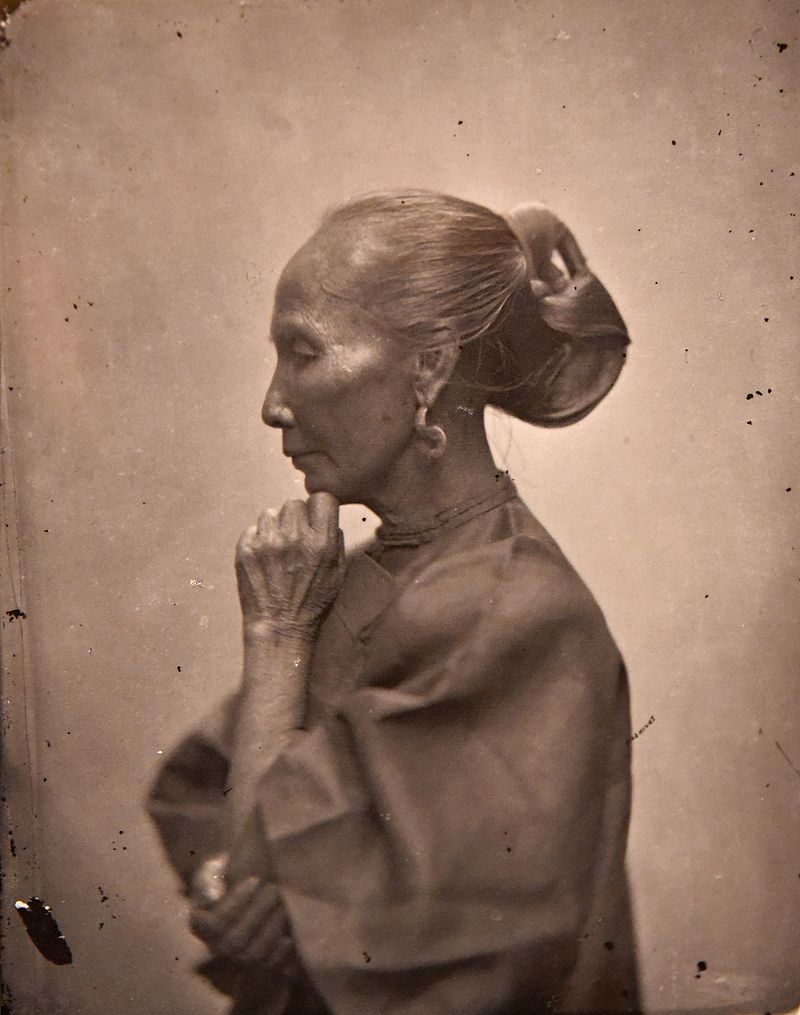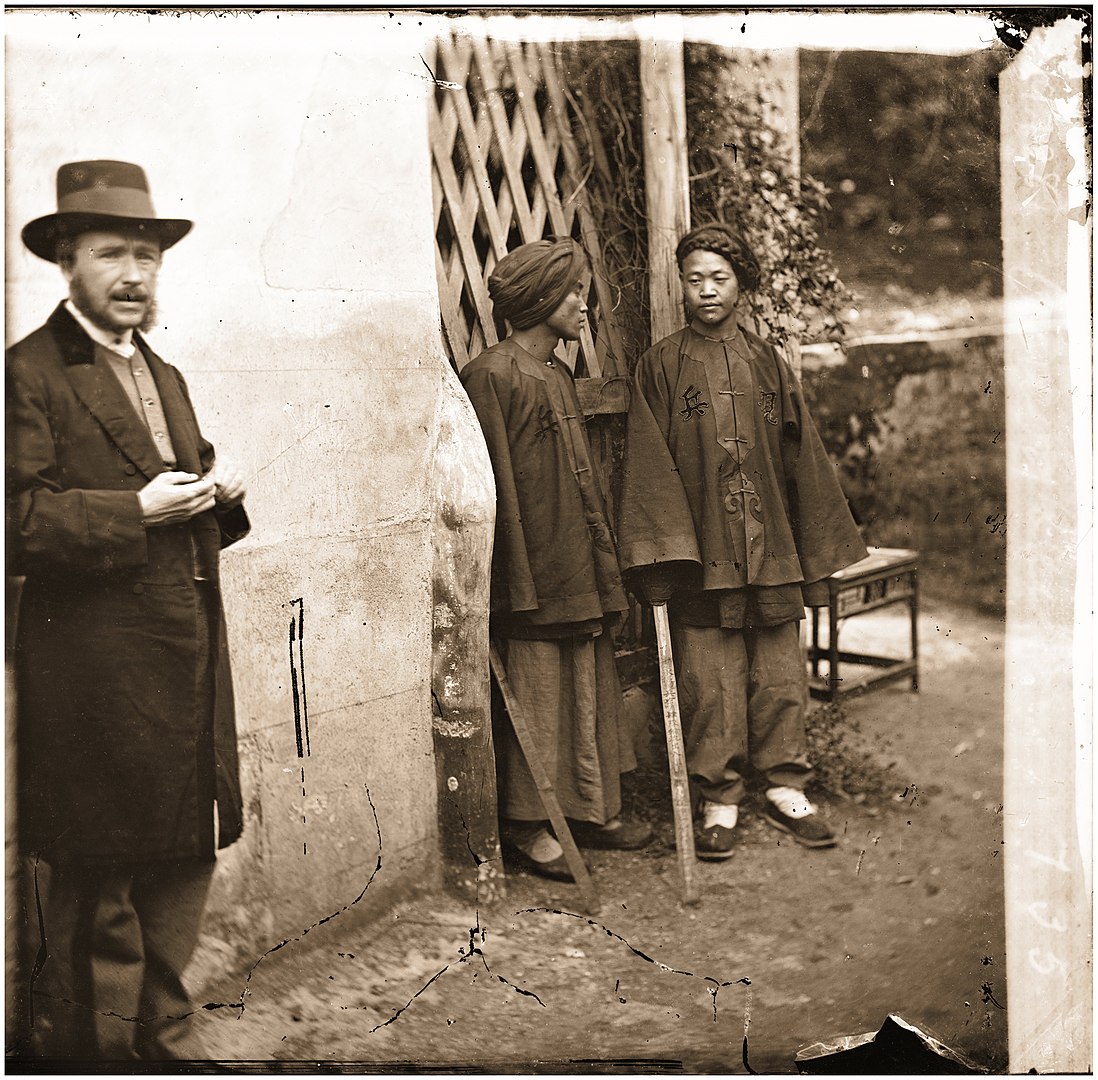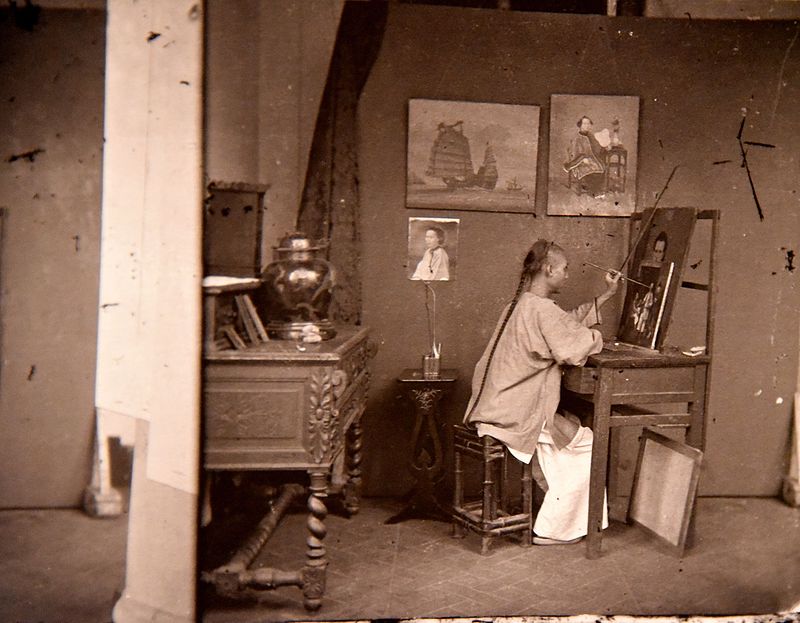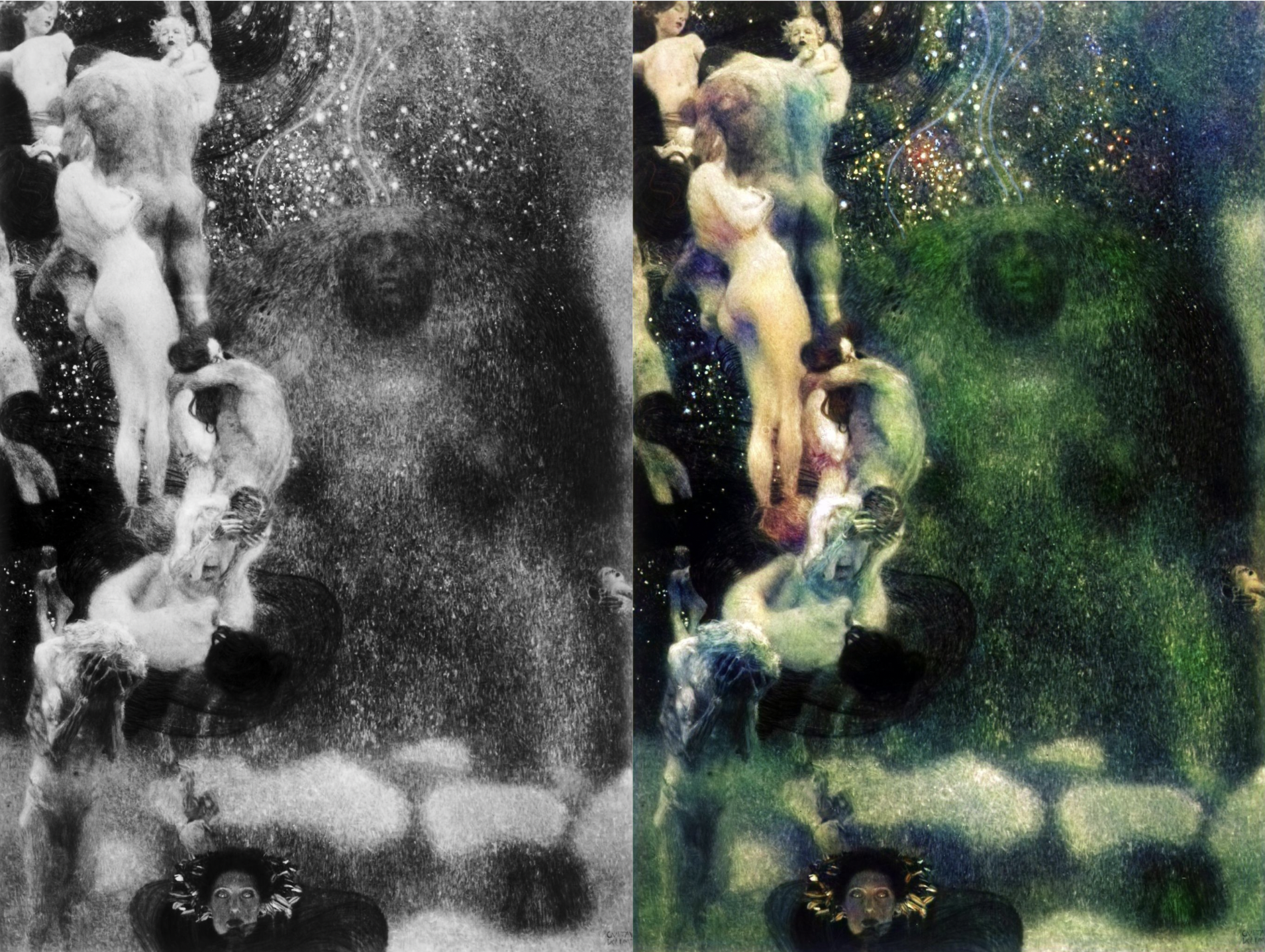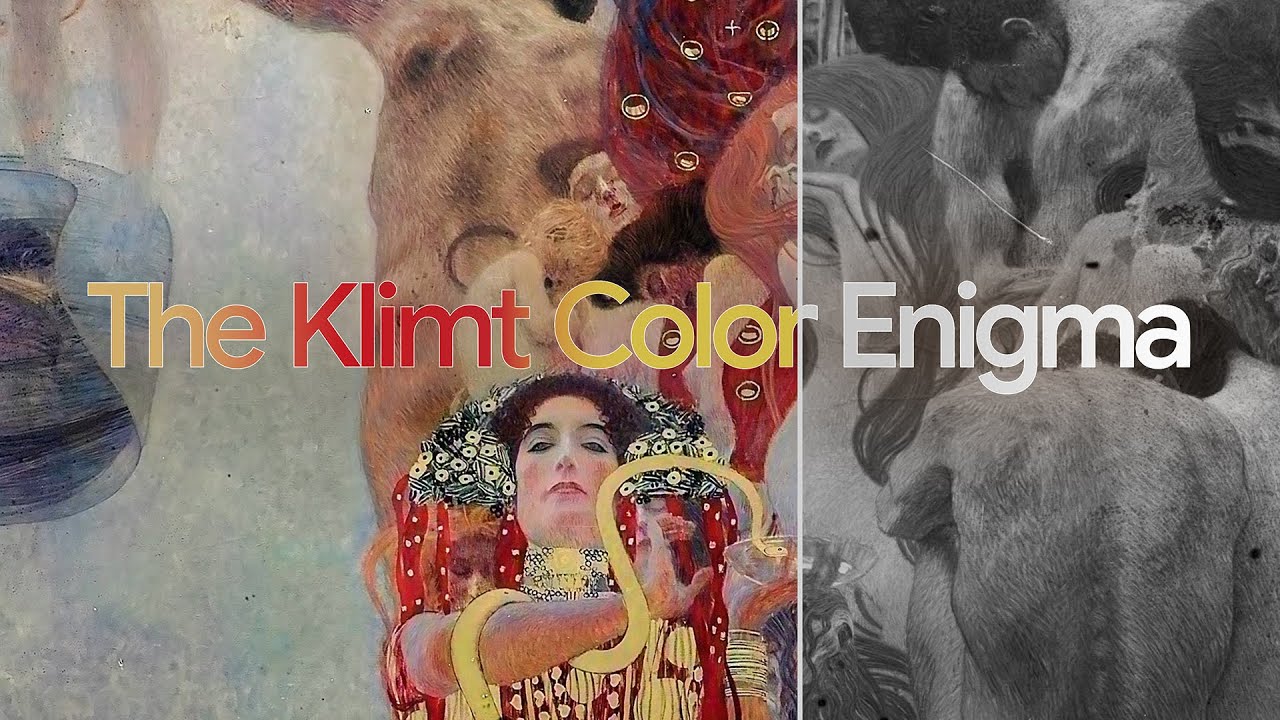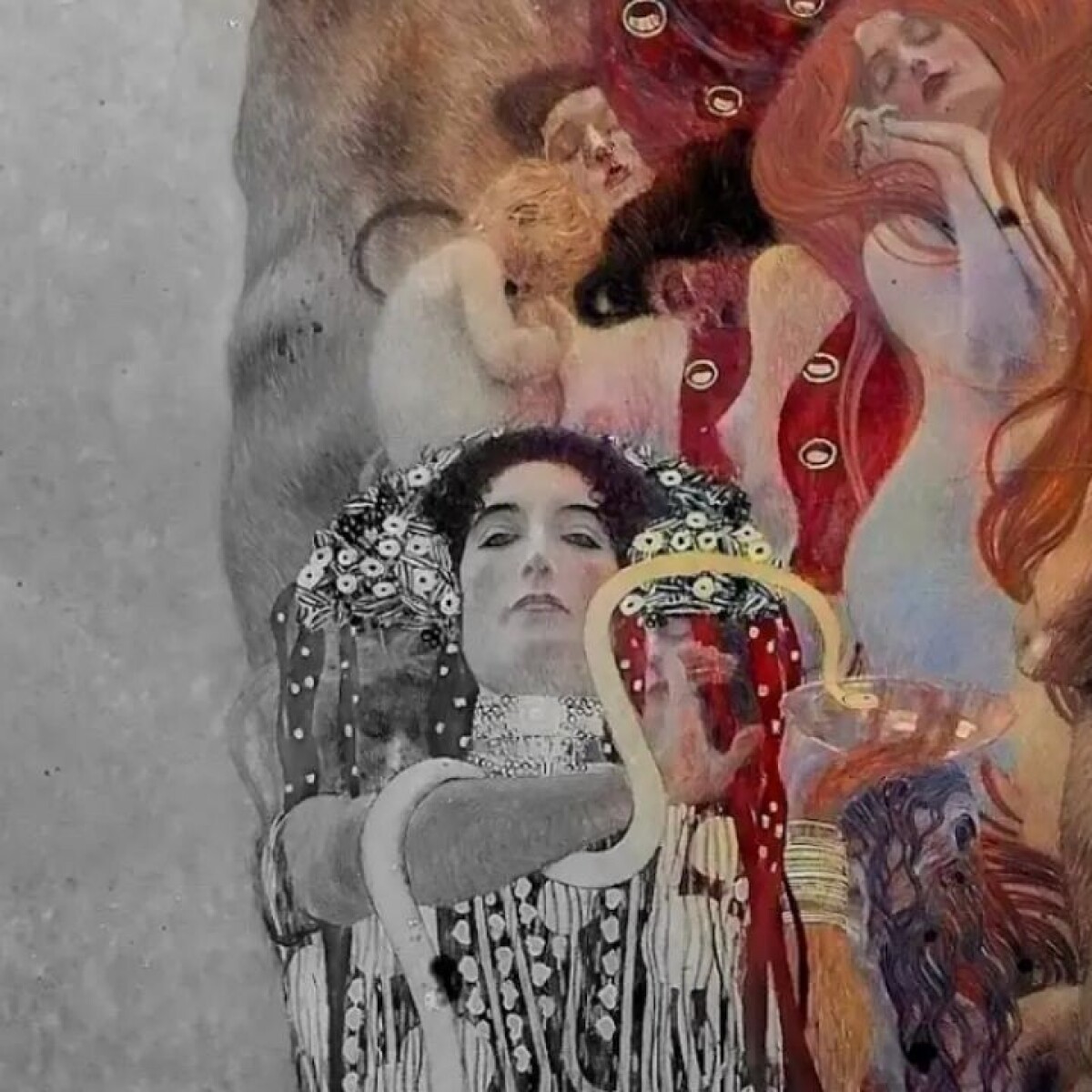When Americans hear the phrase “slot machine,” they think of pensioners compulsively pulling levers day and night in Las Vegas. But when the British hear it, a much less bleak vision comes to their minds: the automated dispensation of cigarettes, coffee, groceries, and even entire meals. Or at least such a vision came to the minds of Britons back in 1964, the year of the British Pathé newsreel above. With its brilliant colors and jazzy score, Slot Machine Age proudly displayed to the viewing public the range of coin-operated wonders already making their way into daily life, from pay phones and pinball machines to shoe-buffers and bottle-recycling stations.
“This invention, this brainchild of the boffins, has created a new disease,” declares the announcer: “slot machine fever.” Again, this has nothing to do with gambling, and everything to do with automation. Nearly 60 years ago, buying something from a machine was a novelty to most people in even the most highly industrialized countries on Earth.
Yet even then the automat, where diners pulled all their dishes from coin-operated windows, had in certain cities been an institution for decades. Alas, such establishments didn’t survive the explosion of fast food in the 1970s, whose business model made use of more, not less, human labor.
But in the 1960s, the age of the robot seemed well on its way — so much so that this phrase titles another, slightly later British Pathé production showcasing a “semi-computerized version of the dumbwaiter” being tried out in hotel rooms. From it the film’s honeymooning couple extract cocktails, peanuts, toothpaste, and “that last cigarette of the day.” It even offers reading material, a concept since tried again in France, Poland, San Francisco, and an eccentric bookstore in Toronto, but the glorious age of all-around convenience predicted in these newsreels has yet to materialize. We citizens of the 21st century are in many cases hardly pleased, but rather anxious about what we see as our growing dependence on automation. Still, with the coronavirus-induced vogue for contact-free payment and dining, perhaps it’s time to give the automat another chance.
Related Content:
Watch 85,000 Historic Newsreel Films from British Pathé Free Online (1910–2008)
Hear Alan Watts’s 1960s Prediction That Automation Will Necessitate a Universal Basic Income
Watch the “Biblio-Mat” Book-Vending Machine Dispense Literary Delight
Based in Seoul, Colin Marshall writes and broadcasts on cities, language, and culture. His projects include the Substack newsletter Books on Cities, the book The Stateless City: a Walk through 21st-Century Los Angeles and the video series The City in Cinema. Follow him on Twitter at @colinmarshall or on Facebook.

